Today was a day for which I had mixed emotions. It was my last day at Summit Station. It has been an AMAZING visit, but it is time to move on. While I am sad to be leaving this great place, I am also excited to be starting my journey home to see my family again (I won't be home until late next week).
Before leaving today I did take time to experience a few more things at Summit Station. First, I got the chance to ride the bike. The station has one fat wheeled bike that is available to residents. They really encourage people to walk or bike rather than using snowmobiles and other equipment that give off emissions. This is partly due to the fact that they have so many long term science experiments whose data can be corrupted by these emissions.
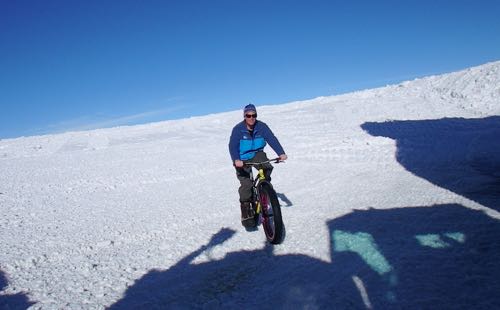
I also spent some time walking around the camp with a construction supervisor and a visitor to look at new and upcoming projects for the station. It was neat to see what they have to do to keep this station running. A few of the projects that they showed me were the new garage that is being moved into place this weekend, a new water system (they melt snow and then treat the water), and a new turbine power generator. This system uses what is essentially a jet engine to produce power for the entire station.
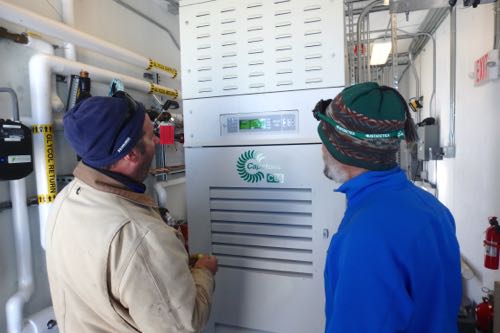
Once we finished the tour, we got ready for our flight out. The LC-130 arrived to pick us up. It took a bit of time to unload the plane, refuel it, reload it with cargo that included our ice cores, and then load up the passengers.
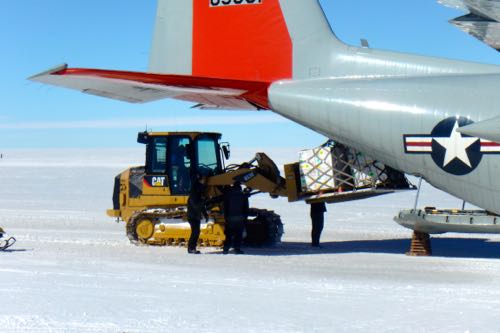
Once we were airborne, it was a nice hour and half or so flight back to Kangerlussuaq. The plane was relatively cold for this flight to ensure that the ice cores weren't impacted by excessive temperatures. Towards the end of the flight, it was pretty neat seeing the edge of the ice sheet out the window of the plane, especially because we had left from the center of it. We will be spending about 5.5 days in Kangerlussuaq and will head back to the US next Thursday.
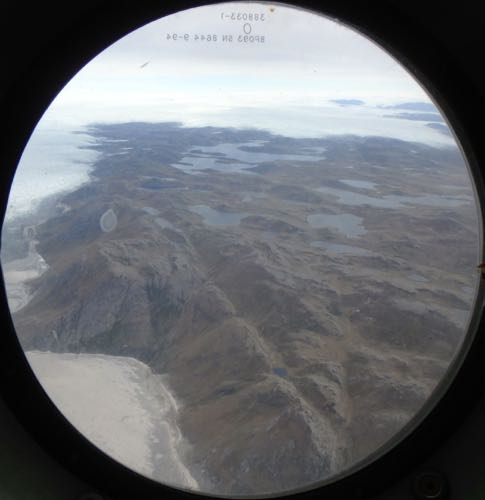
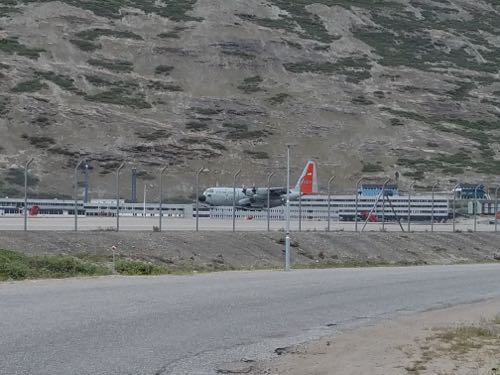
Polar Profile
Name: Dan Schieffelim
Job Title: Field Coordinator
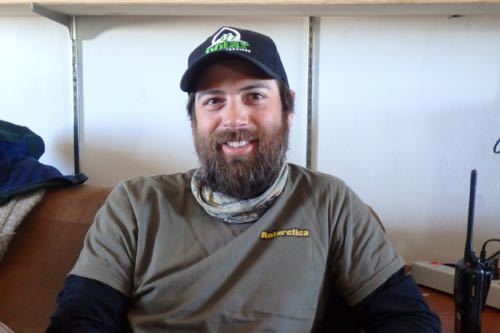
Home: Florence, Massachusetts
Length of Time Working in Polar Regions: Dan has worked in both the Arctic and the Antarctic regions for 7 years.
Length of Current Assignment to Summit Station: Dan is currently in the middle of a five month assignment to Summit Station.
Job Description: Dan does a number of set tasks such as food pulls (bringing food up from the underground storage room) and setting up things like tents for the camp. He also does other tasks as assigned. For example, he often has to inventory materials and conduct vehicle maintenance.
Favorite Part of Working at Summit Station: Dan says that his favorite part of working at Summit Station is that his work is self-directed. He also says the food is great!
Hardest Part of Working at Summit Station: Dan says that the hardest part of working at Summit Station for him is the fact that he doesn't have anywhere except the skiway for biking.


Comments